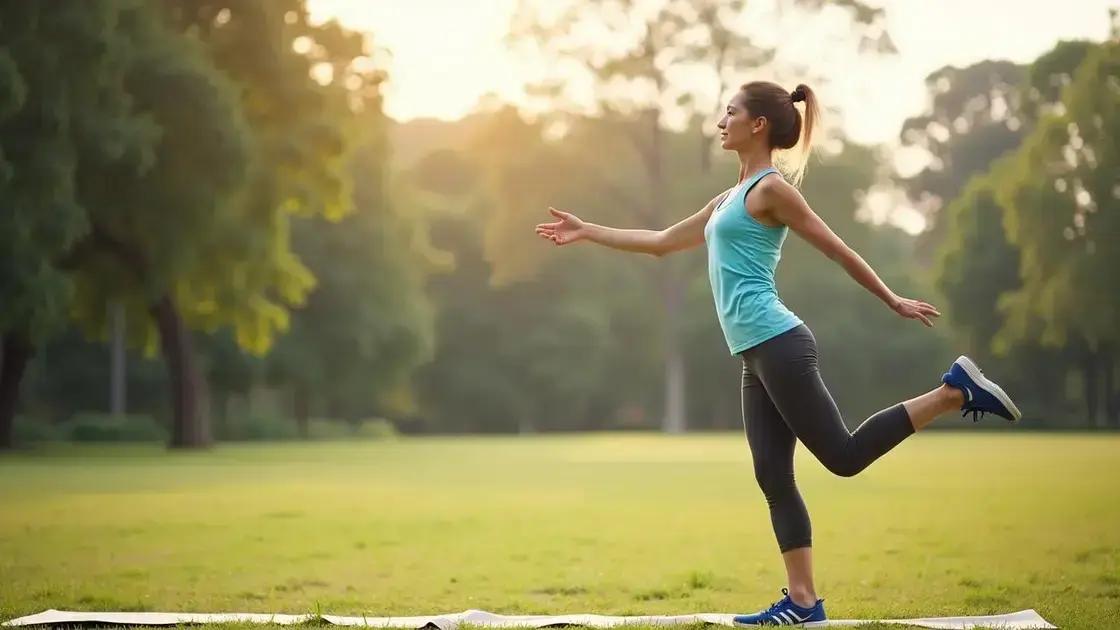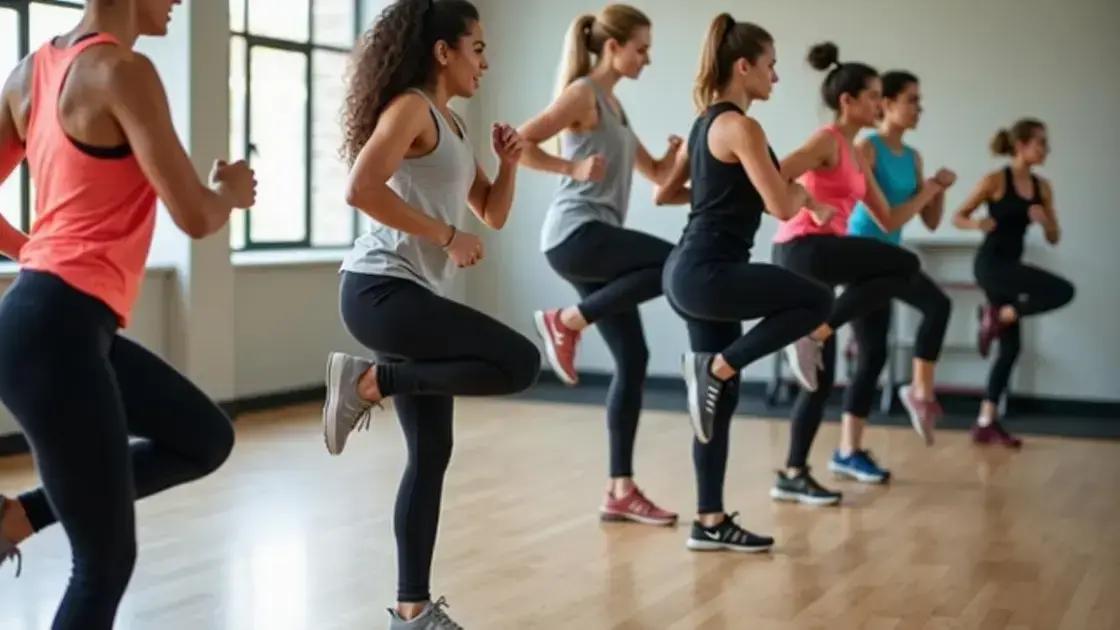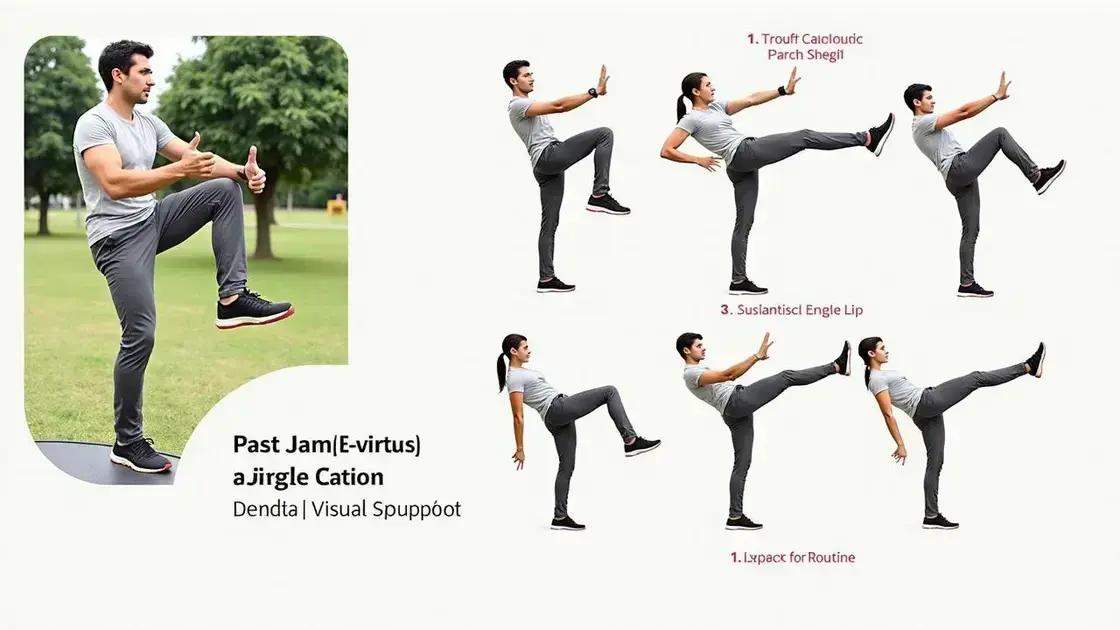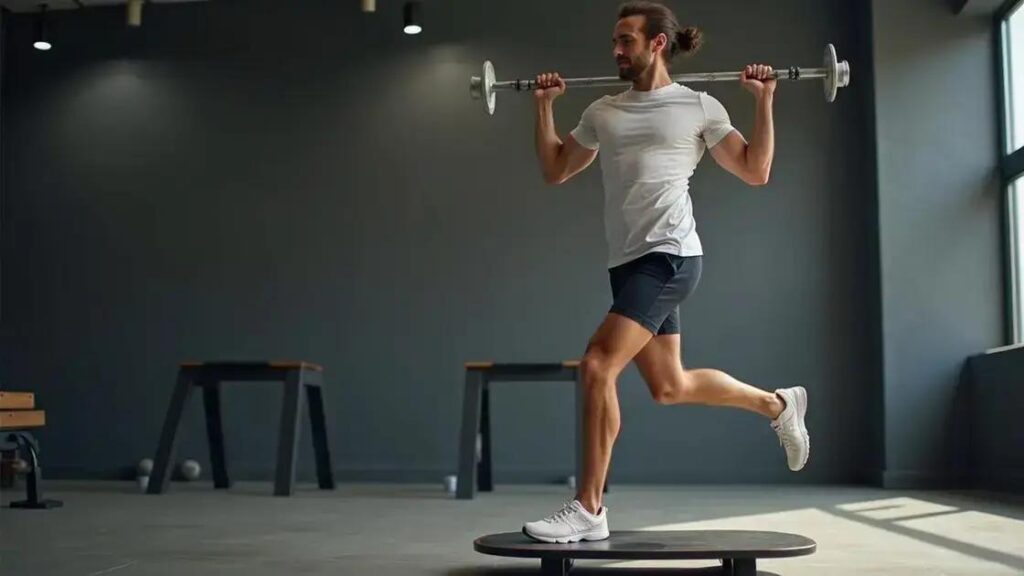Single-leg exercises are essential for improving balance and stability, engaging stabilizing muscles while enhancing strength and coordination. Incorporating various single-leg exercises into your routine can lead to better functional fitness, overall strength, and reduced injury risk.
Single-leg exercises play a vital role in improving balance and stability, crucial for athletes and anyone looking to enhance their fitness. These exercises not only target specific muscles but also engage your core, helping to develop better coordination and body awareness. In this post, we will dive deeper into the types of single-leg exercises, their benefits, and how you can easily incorporate them into your routine.
Understanding Balance and Stability

Balance and stability are essential components of physical fitness that allow us to move efficiently and perform daily tasks with ease. Balance is the ability to maintain our center of gravity over our base of support, while stability ensures that we can control our movement and position effectively.
The Importance of Balance
Good balance helps prevent falls and injuries, which is especially important as we age. It allows us to engage in activities such as walking, running, and playing sports without losing control. Developing balance can also enhance athletic performance, enabling athletes to execute movements more fluidly and confidently.
Factors Affecting Balance
Several factors can influence our balance, including muscle strength, coordination, and flexibility. Weak muscles can lead to instability, and poor coordination can make it challenging to maintain balance during movement. Additionally, decreased flexibility can hinder our ability to reach for objects or react quickly to changes in our environment.
Stability vs. Mobility
While stability refers to our ability to hold our position, mobility refers to our range of motion and ability to move our joints freely. A balance program should focus on improving both stability and mobility, as they work together to support our overall movement quality.
Incorporating single-leg exercises into your routine is an effective way to enhance balance and stability. These exercises require not only strength but also focus, improving the connection between the mind and body. By understanding the concepts of balance and stability, you can better appreciate how single-leg exercises can benefit your fitness journey.
Types of Single-Leg Exercises

There are many types of single-leg exercises that can effectively improve balance and stability. Each of these exercises targets different muscle groups while enhancing coordination. Here are some common single-leg exercises you can include in your fitness routine.
1. Single-Leg Deadlift
The single-leg deadlift is an excellent exercise for building strength in your hamstrings, glutes, and lower back. To perform this exercise, stand on one leg while holding a weight in the opposite hand. Slowly lower the weight toward the ground while extending your free leg behind you, then return to the starting position.
2. Single-Leg Squat
This exercise challenges both strength and balance. Stand on one leg and extend the other leg forward. Lower your body into a squat while keeping your extended leg off the ground. Aim to keep your knee aligned with your toes as you squat down, then rise back up.
3. Single-Leg Balance Lift
For this exercise, balance on one leg while raising the opposite leg behind you. Engage your core to maintain stability, and hold this position for a few seconds. Lower your leg and switch sides. This exercise improves muscle control and stability.
4. Single-Leg Calf Raise
This exercise strengthens your calves and improves balance. Stand on one leg and lift your heel off the floor, rising onto the ball of your foot. Hold for a moment before lowering back down. Repeat on the other leg.
Incorporating these types of single-leg exercises into your workout routine can significantly enhance your balance and overall stability.
Benefits of Single-Leg Training

Single-leg training offers numerous benefits that can significantly enhance your overall fitness and performance. By focusing on one leg at a time, these exercises promote strength, balance, and flexibility in unique ways. Here are some key benefits of single-leg training:
1. Improved Balance and Coordination
Single-leg exercises engage stabilizing muscles that are often neglected during traditional workouts. This focus helps improve your balance and coordination, which is essential for daily activities and sports.
2. Increased Strength and Muscle Activation
Training one leg at a time allows for greater muscle activation. This leads to increased strength in your lower body as you work on areas like the quadriceps, hamstrings, and glutes while balancing.
3. Enhanced Core Stability
Single-leg exercises require core engagement to maintain stability. This helps strengthen the core muscles, which support better posture and reduce the risk of injuries.
4. Functional Fitness
Many everyday movements, like walking or climbing stairs, require balance and strength from one leg at a time. Incorporating single-leg exercises into your routine can improve your functional fitness, making daily tasks easier.
By focusing on these aspects, single-leg training can provide a comprehensive approach to enhancing your overall physical performance.
Tips for Incorporating Into Your Routine

Incorporating single-leg exercises into your routine can enhance your balance and strengthen your muscles effectively. Here are some tips to help you integrate these exercises successfully:
1. Start Slowly
If you are new to single-leg exercises, begin with simple movements. Gradually increase the difficulty as your balance improves. This helps prevent injuries and builds confidence.
2. Use Support if Needed
When starting, use a wall or a sturdy chair for support. This will help you maintain balance while you focus on mastering the movements. As you become more confident, try performing the exercises without support.
3. Set Specific Goals
Set realistic and specific goals for your single-leg training. For example, aim to hold a single-leg balance position for 30 seconds or to complete a certain number of single-leg squats. Tracking your progress can motivate you to continue.
4. Incorporate into Your Warm-Up
Add single-leg exercises to your warm-up routine. This can enhance your balance and prepare your body for more strenuous workouts. Simple movements like leg swings or single-leg raises can be effective.
5. Mix with Other Exercises
Combine single-leg exercises with other workouts for a balanced routine. For instance, include them in cardio sessions, strength workouts, or flexibility training. This variety keeps your routine engaging.
By following these tips, you can effectively incorporate single-leg exercises into your fitness routine, helping you to achieve better balance and overall strength.
Enhancing Your Balance Through Single-Leg Exercises
Single-leg exercises are an excellent way to improve your balance, coordination, and strength. By focusing on one leg at a time, you engage stabilizing muscles and develop better functional fitness, which is beneficial for everyday activities and athletic performance.
Incorporating these exercises into your routine is straightforward, especially with the tips provided, such as starting slowly and setting specific goals. Remember that consistency is key to seeing improvements in your balance and overall fitness.
As you practice and incorporate single-leg exercises into your workouts, you will not only enhance your physical abilities but also minimize the risk of injuries and build a solid foundation for more complex movements. Embrace the challenge, and enjoy the journey to improved balance!
FAQ – Frequently Asked Questions about Single-Leg Exercises
What are single-leg exercises?
Single-leg exercises are physical activities that focus on using one leg to enhance balance, strength, and stability.
How can single-leg exercises improve my balance?
These exercises engage stabilizing muscles and require coordination, helping to improve overall body balance and control.
Can beginners perform single-leg exercises?
Yes, beginners can start with simpler movements and use support if needed. It’s important to progress gradually.
What are some examples of single-leg exercises?
Examples include the single-leg deadlift, single-leg squat, single-leg calf raise, and single-leg balance lift.
How often should I incorporate single-leg exercises into my routine?
Aim to include single-leg exercises at least 2-3 times a week in your fitness routine for optimal benefits.
What are the benefits of single-leg training?
Benefits include improved balance, increased strength, enhanced core stability, and better functional fitness.












